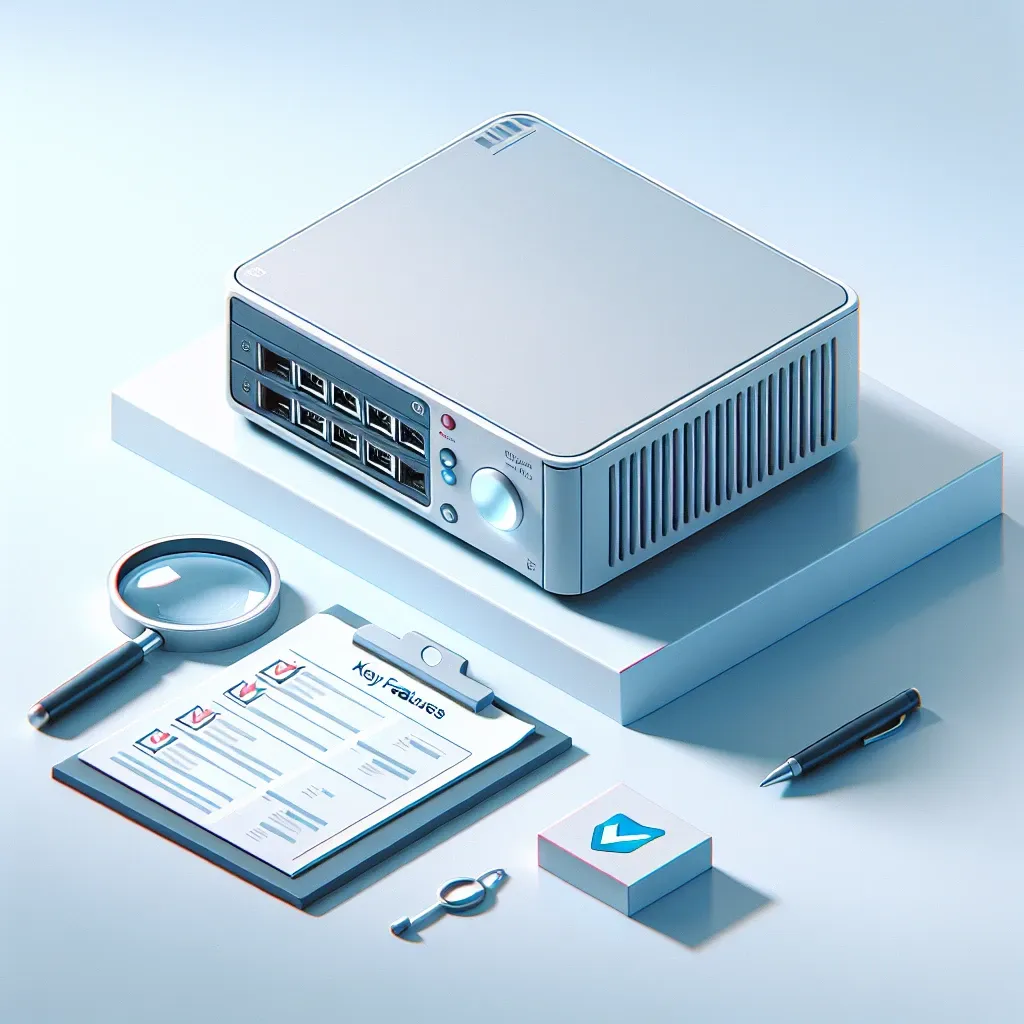Introduction
In modern workplaces and large organizations, efficient printing solutions are critical. The convenience and functionality provided by print servers are indispensable, ensuring smooth operations, reducing downtime, and enhancing productivity. But what key features should you look for in a print server?
Key Features to Look for in a Print Server
1. Compatibility
One of the primary considerations is compatibility. The print server should work seamlessly with a variety of printers, operating systems, and network protocols.
- Printer Compatibility: Ensure that the print server supports a wide range of printer brands and models, including older devices.
- Operating System Compatibility: The server should be compatible with various operating systems such as Windows, macOS, Linux, and mobile operating systems like iOS and Android.
- Network Protocol Compatibility: Ensure support for common network protocols like TCP/IP, HTTP, HTTPS, LPR/LPD, and IPP.
2. Connectivity Options
Connectivity options greatly influence the versatility of a print server.
- Ethernet Port: An Ethernet port is essential for wired connections to ensure stable and fast data transmission.
- Wi-Fi Capability: A print server with Wi-Fi capability can be easily integrated into wireless networks, offering greater flexibility.
- USB Ports: Multiple USB ports allow connection to several printers simultaneously.
3. Security Features
Security is paramount when dealing with network devices in any organization.
- Encryption Protocols: Ensure the print server supports robust encryption protocols like WPA3 for Wi-Fi networks.
- User Authentication: Look for features like LDAP, Kerberos, or other forms of user authentication to restrict access to printing resources.
- IP Filtering: This feature limits access to specific IP addresses, improving network security.
4. Print Management
A good print server should offer comprehensive print management tools.
- Print Queue Management: The ability to manage and prioritize print jobs to prevent bottlenecks.
- User Management: Features to monitor and manage user access, including usage restrictions and quotas.
- Reporting Tools: Generate reports on printer usage, errors, and efficiency.
5. Performance and Scalability
Performance and scalability are essential for growing businesses.
- High Data Transfer Rates: Ensure that the print server can handle high volumes of data without lag.
- Scalability: The print server should allow for easy upgrades and expansion to accommodate future growth.
6. Ease of Setup and Use
An intuitive setup and user-friendly interface are crucial for seamless operation.
- Web-based Interface: Many modern print servers offer a web-based interface for easy remote management.
- Auto-Discovery: Features that automatically detect compatible printers and devices can save time and reduce configuration hassles.
- Documentation and Support: Comprehensive user manuals and reliable customer support can aid significantly during setup and troubleshooting.
7. Reliability and Support
Reliability and support services are key to minimizing downtime.
- Durability: Invest in a print server known for its robust build quality.
- Warranty: A good warranty can offer peace of mind and protection against potential issues.
- Customer Support: Reliable 24/7 customer support is invaluable for solving any unexpected issues quickly.
Conclusion
Choosing the right print server can significantly enhance your organization’s printing capabilities. By focusing on compatibility, connectivity, security, management tools, performance, ease of use, and reliability, you can select a print server that meets your current needs and scales with your future growth. Invest wisely in these key features to ensure smooth and efficient printing operations.
| Feature | Details |
|---|---|
| Compatibility | Printer brands, OS, network protocols |
| Connectivity | Ethernet, Wi-Fi, USB |
| Security | Encryption, authentication, IP filtering |
| Print Management | Queue management, user management, reporting |
| Performance | High data rates, scalability |
| Ease of Use | Web interface, auto-discovery, support |
| Reliability | Durability, warranty, customer support |

